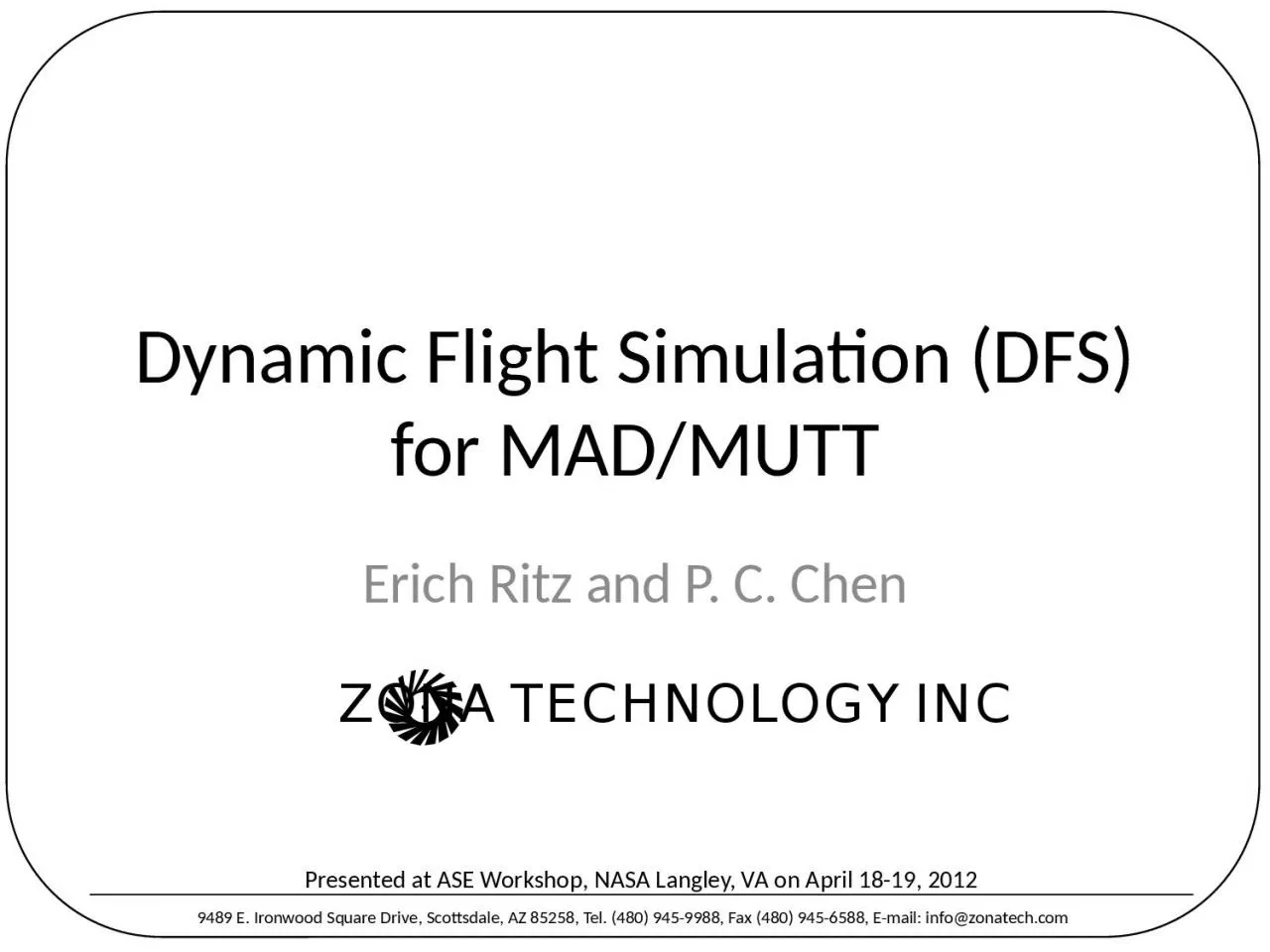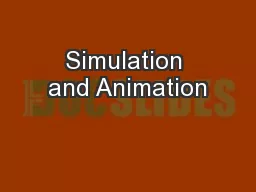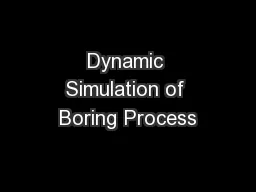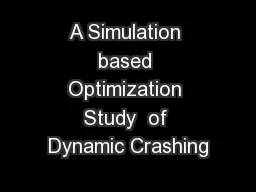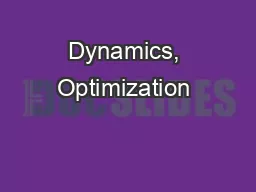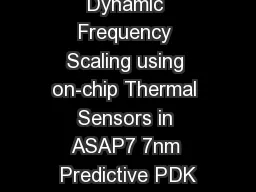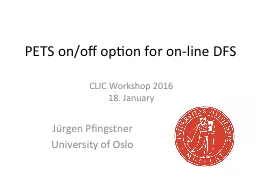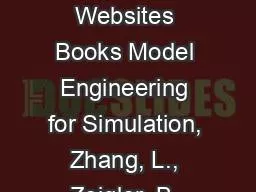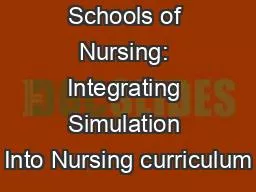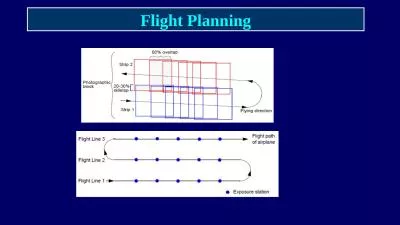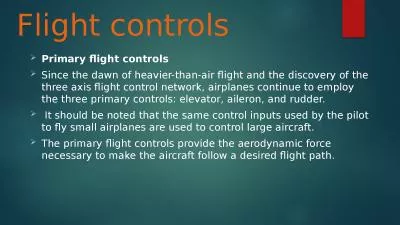PPT-Dynamic Flight Simulation (DFS) for MAD/MUTT
Author : elysha | Published Date : 2023-06-26
Erich Ritz and P C Chen 9489 E Ironwood Square Drive Scottsdale AZ 85258 Tel 480 9459988 Fax 480 9456588 Email infozonatechcom Presented at ASE Workshop NASA Langley
Presentation Embed Code
Download Presentation
Download Presentation The PPT/PDF document "Dynamic Flight Simulation (DFS) for MAD/..." is the property of its rightful owner. Permission is granted to download and print the materials on this website for personal, non-commercial use only, and to display it on your personal computer provided you do not modify the materials and that you retain all copyright notices contained in the materials. By downloading content from our website, you accept the terms of this agreement.
Dynamic Flight Simulation (DFS) for MAD/MUTT: Transcript
Download Rules Of Document
"Dynamic Flight Simulation (DFS) for MAD/MUTT"The content belongs to its owner. You may download and print it for personal use, without modification, and keep all copyright notices. By downloading, you agree to these terms.
Related Documents

